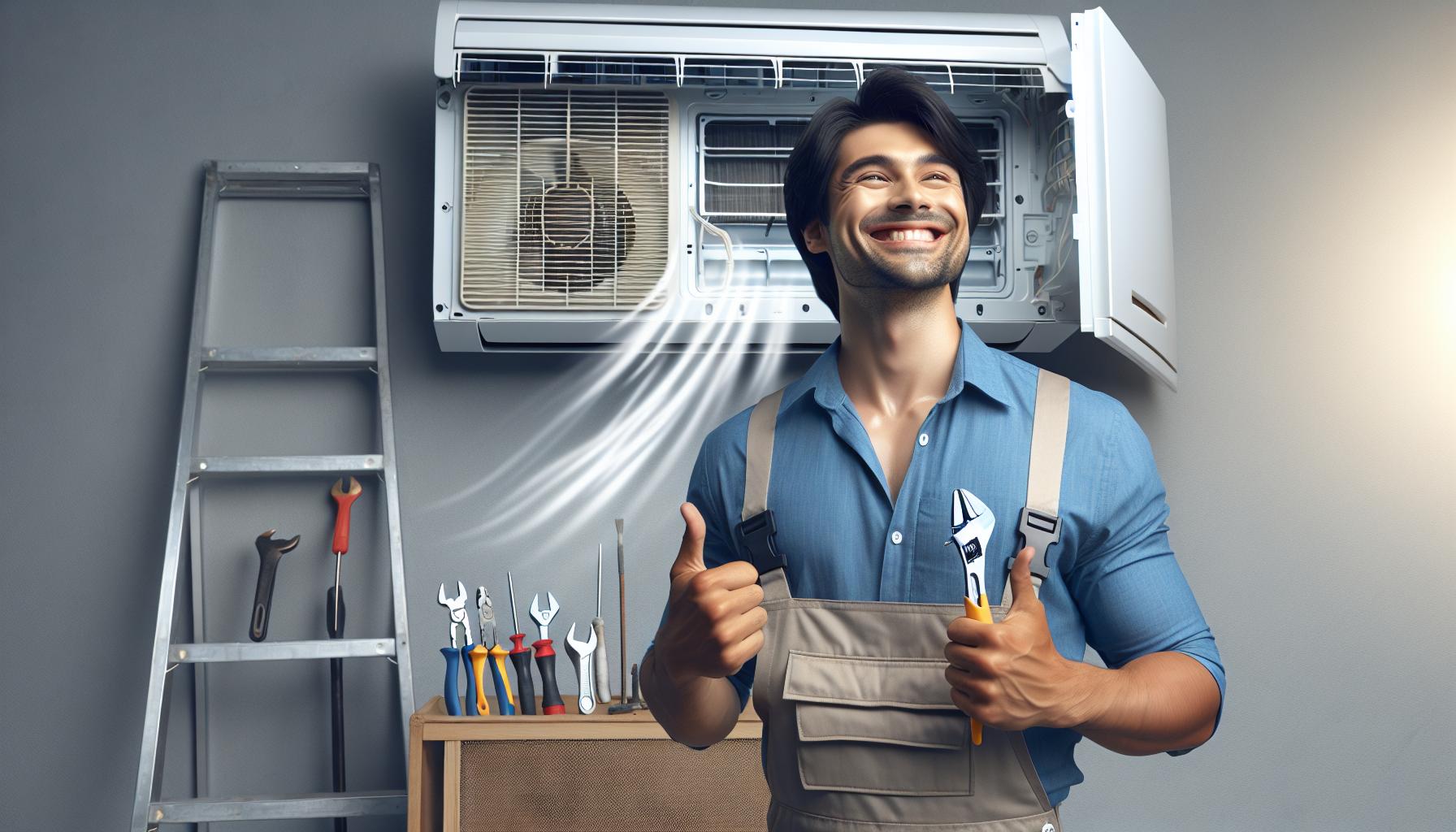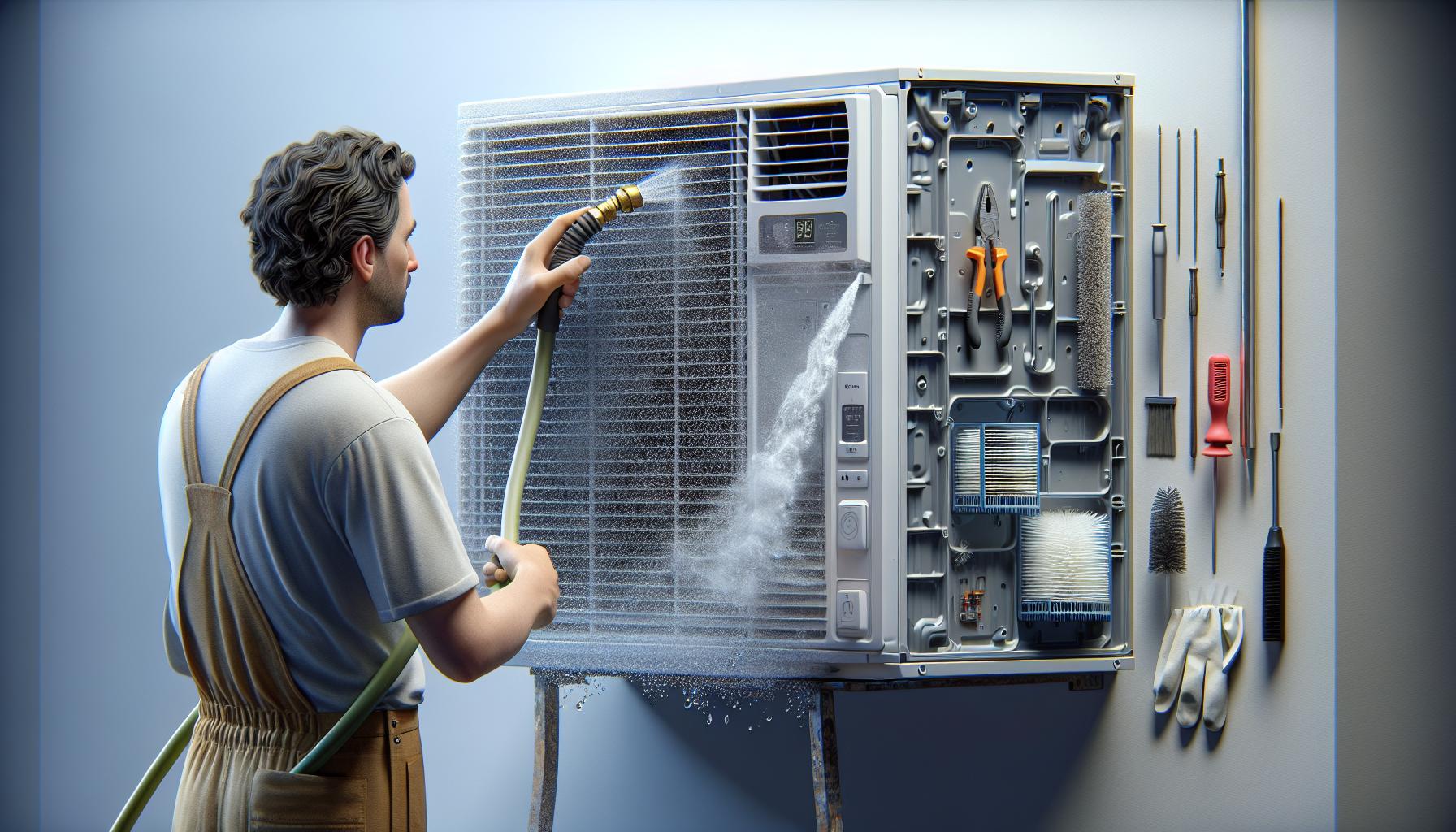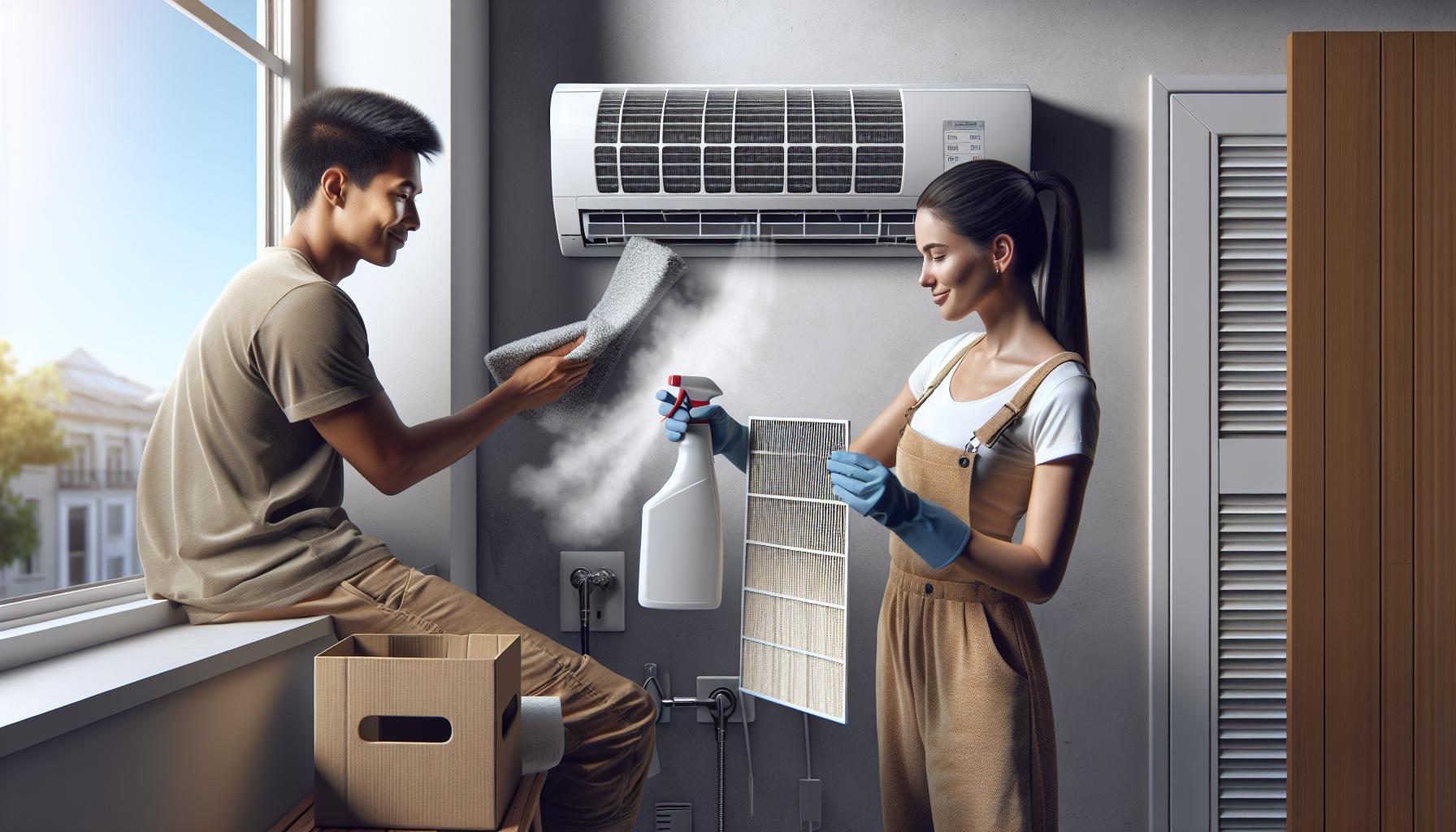Experiencing a Honeywell water heater sensor failure can leave you in the cold—literally. Your water heater is the unsung hero of your home, but when the sensor fails, it’s a race against time to fix it before your showers turn icy. In this article, you’ll discover the common signs of sensor failure, why it happens, and the steps you can take to resolve it quickly and efficiently.
You rely on your water heater daily, so understanding the intricacies of sensor issues is crucial. We’ll guide you through troubleshooting techniques and when it’s time to call in the professionals. Stay tuned to learn how to keep your water heater in top-notch condition and avoid the dreaded cold shower.
Signs of Honeywell Water Heater Sensor Failure
Knowing the warning signs of a failing Honeywell water heater sensor can save you from the discomfort of a cold shower and potential damage to your water heater. Here are critical indicators that your sensor might be failing:
- Unexpected Temperature Changes: If you notice sudden fluctuations in water temperature, this could be due to a malfunctioning sensor. The water might be too hot one moment and then turn cold without warning.
- Error Codes: Modern Honeywell water heaters have built-in diagnostics that display error codes. If your display shows unusual codes, it’s a sign the sensor is not functioning properly.
- Inactive Status Light: Your Honeywell water heater has a status light that indicates its operating condition. A sensor failure may cause this light to blink in a pattern or not come on at all.
- Failure to Ignite: When sensors don’t detect water flow correctly, they may prevent the heating element from igniting. If your heater doesn’t start, the sensor could be to blame.
React promptly if you observe any of these symptoms. Taking immediate action by troubleshooting or calling a professional will help you maintain consistent hot water service and extend the life of your appliance.
Reasons Behind Sensor Failure
When your Honeywell water heater begins acting up, it’s often due to a sensor failing. Understanding the root causes of sensor failure ensures you’re better equipped to address the issue swiftly.
Wear and Tear
Over time, sensors experience wear and tear just like any other component. High temperatures and constant use can degrade the sensor materials, leading to:
- Inaccurate temperature readings
- Erratic water heater performance
- Complete failure to monitor water temperature properly
Mineral Buildup
Particularly in areas with hard water, mineral deposits can accumulate on the sensor, affecting its ability to:
- Transmit accurate temperature data
- Respond to real-time temperature changes
This buildup can insulate the sensor, delaying its response time and potentially causing overheating or underheating of water.
Electrical Issues
Sensors are part of your water heater’s electrical system. Problems such as short circuits, power surges, or faulty wiring can lead to sensor malfunctions. Signs of electrical troubles include:
- Sensor readings that fluctuate without reason
- A complete lack of data from the sensor
- Error codes related to the sensor circuitry
Water Damage
Finally, while it may seem ironic, water heaters can leak, and when they do, the sensor can become water-damaged. Once the sensor’s electronic components are exposed to water:
- The circuit can short
- The sensor may corrode
- You may notice intermittent operation or failure to function
To ensure your water heater functions optimally, regular maintenance and water quality checks are pivotal. If you observe any of the aforementioned issues with your Honeywell water heater, addressing the cause of sensor failure promptly can save you time and money in the long-term.
Troubleshooting Techniques for Sensor Failure
When you’re faced with a Honeywell water heater sensor failure, there are several troubleshooting techniques you can apply to diagnose and potentially rectify the problem before seeking professional help.
Reset Your Water Heater
In some cases, simply resetting the water heater can resolve sensor issues. Turn off the power supply to your heater for a few minutes before turning it back on. This can clear error codes and recalibrate the system.
Inspect for Visible Damage
Visually check the sensor for any signs of damage like cracks or corrosion. Physical damage usually requires sensor replacement.
Clean the Sensor
Mineral buildup on sensors is a common issue. Gently clean the sensor with a recommended descaling solution or vinegar to remove any deposit.
Check Electrical Connections
Loose wiring might cause sensor failure. Ensure all electrical connections are secure. If you’re comfortable working with electronics, inspect the wirings going to the sensor for any signs of wear or damage.
Monitor Water Quality
Adverse water conditions can damage the sensor. Consider testing your water for high levels of minerals and implement a water softener if necessary.
Consult the Manual
Your water heater’s manual might have specific instructions for troubleshooting sensor-related issues. Referring to the manufacturer’s guidelines could provide model-specific tips.
Seek Professional Assistance
If you’ve run through these steps and your sensor is still not functioning, it’s time to call a certified technician. They can conduct a detailed analysis and replace the sensor if needed.
Remember to always prioritize safety. If you’re unsure about any step, it’s best to consult with professionals rather than risking further damage to your water heater or personal injury.
When to Call in the Professionals
Sometimes DIY fixes won’t cut it, and it’s essential to know when to step back and call in the professionals. If you encounter any of the following issues with your Honeywell water heater, it’s likely time to seek expert assistance:
- Persistent Error Messages: Continuous flashing of error codes or the same code appearing after a reset might indicate a deeper issue that requires specialized knowledge.
- Unfamiliar Noises: Hearing unusual sounds such as banging, whistling, or gurgling from your water heater can be a sign of sediment buildup or mechanical failure.
- Repeated Sensor Failures: If you’ve replaced or cleaned the sensor and it continues to fail, this could point to an underlying problem that isn’t as straightforward as a faulty sensor.
- Water Leakage: Water around the heater, especially near the sensor, suggests potential tank or valve issues which can be complex and hazardous to tackle without the right tools and expertise.
Here’s what professionals can provide:
- Expert Diagnosis: Skilled technicians can pinpoint the exact cause of the sensor failure, something that’s difficult to achieve without the appropriate diagnostic tools or experience.
- Safe Repairs: Professional plumbers ensure repairs are done safely, adhering to industry standards to prevent future malfunctions and safety risks.
- Warranty Preservation: DIY repairs might inadvertently void your warranty. Approved service providers ensure that any work carried out is covered and doesn’t affect warranty terms.
If you’re experiencing any of the above scenarios or if there’s ever a moment of doubt while troubleshooting, don’t hesitate to contact a certified Honeywell technician. They’re equipped to resolve complex issues efficiently, guaranteeing the longevity and performance of your water heater.
Tips to Keep Your Water Heater in Top-Notch Condition
Maintaining your Honeywell water heater ensures it operates efficiently and extends its service life. Here’s how you can keep your appliance in stellar condition:
- Regular Maintenance Checks: Schedule annual inspections with a certified technician. They’ll address potential issues before they escalate.
- Flush the Tank: At least once a year, drain the tank to remove sediment buildup. This prevents corrosion and boosts heating efficiency.
- Test the Pressure Relief Valve: This safety feature should be checked regularly to ensure it’s working properly to avoid pressure buildup.
- Adjust the Temperature: Keep the temperature at 120–125 degrees Fahrenheit. It’s the optimum range for efficiency and reduces the risk of scalding.
- Insulate the Tank: Adding insulation can reduce standby heat losses by 25-45%, which translates to nearly a 4-9% saving in water heating costs.
- Monitor the Anode Rod: The anode rod protects against corrosion; check it every three years and replace it if worn out.
By adhering to these guidelines, you’ll likely experience fewer issues with your water heater’s sensors and enjoy its prolonged functionality. Remember that consistent care is the key to reliable performance and safety.
Conclusion
Tackling sensor failure in your Honeywell water heater needn’t be a daunting task. Armed with the right knowledge and a proactive approach you can often resolve minor issues yourself. Remember to keep up with regular maintenance to prevent future problems and ensure your system runs smoothly. Should you face more complex challenges don’t hesitate to call in the professionals. They’re equipped to handle intricate repairs and help maintain your warranty. By staying vigilant and responding promptly to any signs of trouble you’ll extend the life of your water heater and enjoy the peace of mind that comes with a well-maintained appliance.
Related Posts:
- Honeywell Heater Alert: Fix the 7-Blink Light Code
- Honeywell Heater Blink Codes: Solve Status Light Issues
- Honeywell Water Heater Troubleshooting Guide &…
- Honeywell Heater: Fix 3-Blink Status Light Issue
- Honeywell R7284 Lockout: When to Call a Technician
- Upgrade Home Living with ComfortPlan: Smart Savings…




